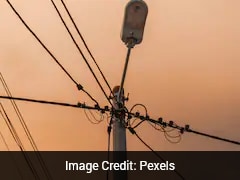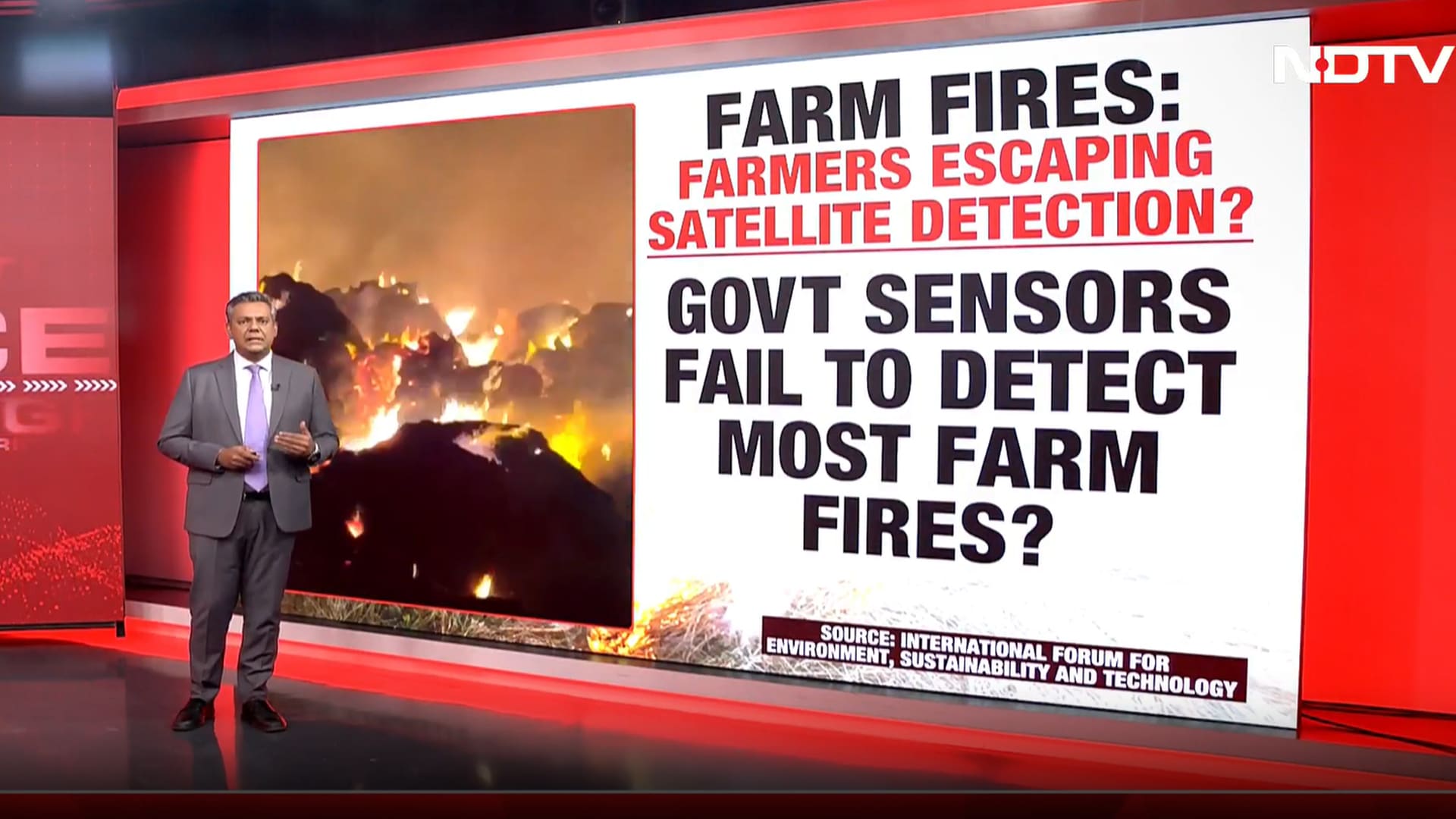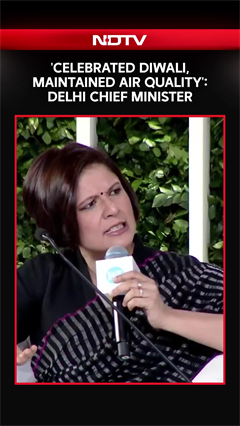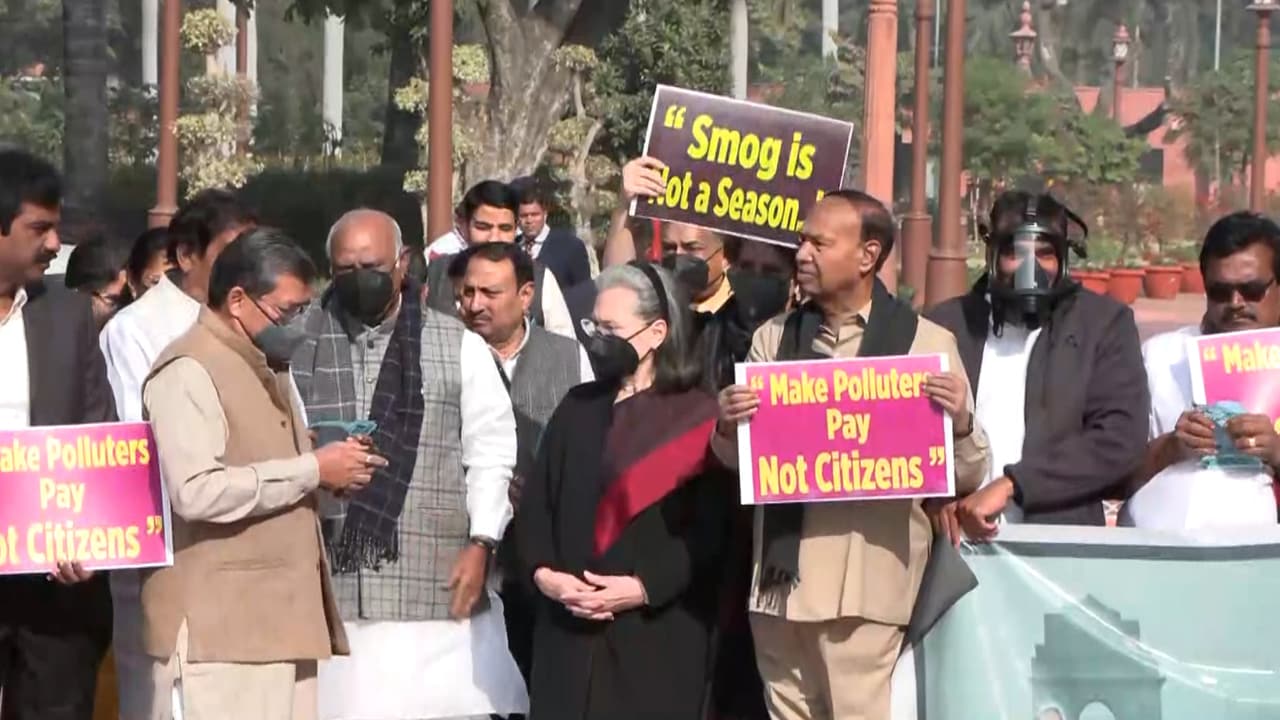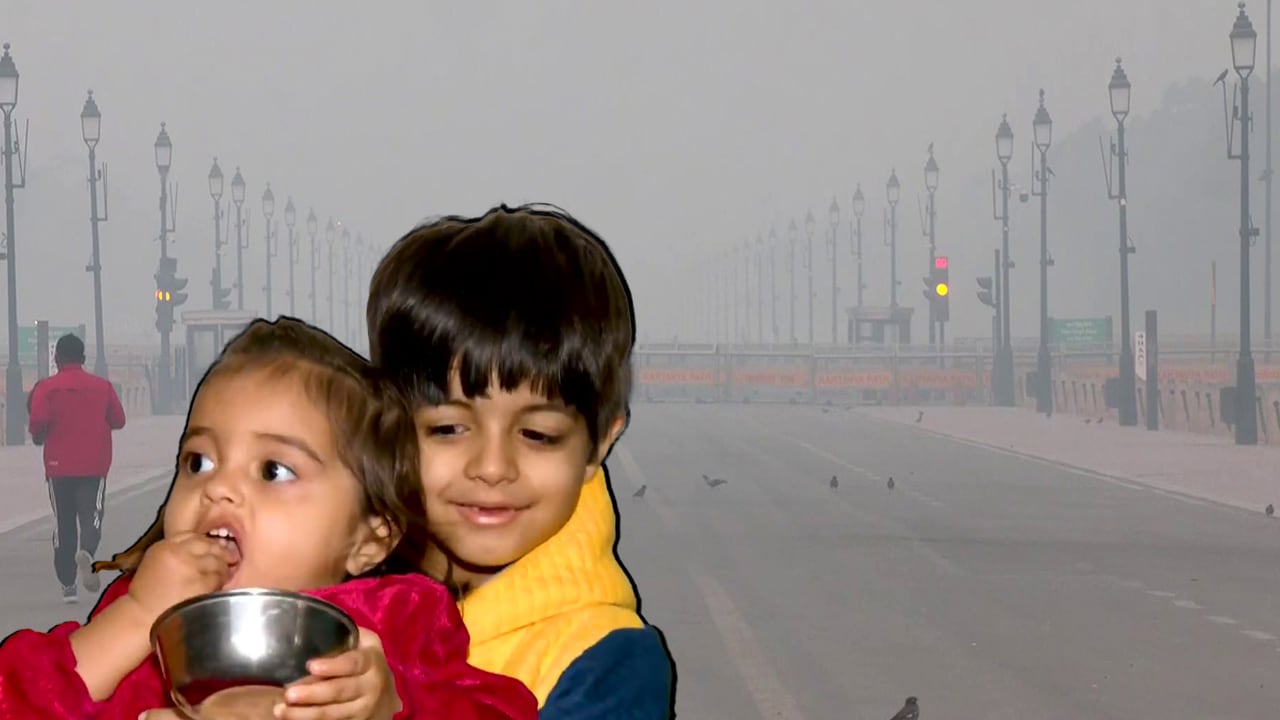- Home/
- Red Fort Turning Black? Study Reveals Impact Of Delhi's Air Pollution On The Iconic Monument
Red Fort Turning Black? Study Reveals Impact Of Delhi's Air Pollution On The Iconic Monument

Highlights
- Delhi's Red Fort walls are turning black due to toxic air pollution causing black crusts
- Black crusts contain pollutants like gypsum, quartz, and heavy metals from traffic and industry
- Study from 2021-2023 shows pollution is chemically corroding the fort's red sandstone
Delhi's iconic 17th-century Red Fort is facing a serious threat from Delhi's toxic air pollution, causing its iconic red sandstone walls to turn black. This phenomenon is due to the formation of 'black crusts' composed of pollutants like gypsum, quartz, and heavy metals such as lead, copper, and zinc, derived from traffic emissions, industrial pollution, and construction dust. An extensive study, conducted by an Indo-Italian team of scientists, found that these black crusts are not only discolouring the fort but also weakening its structural integrity.
What's Causing the Black Crusts?
Researchers from India and Italy conducted the first in-depth analysis of pollution's impact on the Red Fort from 2021 to 2023. Their findings, published in June 2025 in the journal Heritage, reveal how Delhi's air is chemically corroding the red monument. The team conducted the study by scraping samples from the walls and cross-referenced them with local air quality data.
Researchers discovered black crusts forming on the Red Fort's stone surfaces due to particulate matter accumulation, causing discolouration and exfoliation. The crusts, measuring 55-500 µm thick, contain gypsum, bassanite, and weddellite, indicating external sources of calcium, likely from pollution.
The main culprits behind this damage are:
- Construction and Industrial Activities: Pollution from construction work, road dust, and cement factories is contributing to the problem.
- Vehicular Emissions: Vehicle traffic and wear from roads and vehicles are releasing heavy metals like Titanium, Vanadium, Chromium, Manganese, Nickel, Copper, Zinc, Barium, and Lead into the air.
- Fossil Fuel Burning: The burning of fossil fuels is also adding to the pollution, further deteriorating the fort's condition.
These crusts could damage the intricate carvings on the walls if no action is taken. The study also warns that without action, other Delhi heritage sites like Humayun's Tomb could follow suit.
Solutions on the Horizon?
To conserve the Red Fort, practical steps can be taken despite the challenges of reducing air pollutants in Delhi. The black crust formation can be minimised by removing thin black layers or deposits in the early stages without damaging the stone, the study notes.
Implementing a maintenance cleaning program for high-risk areas and applying stone protectives can also prevent or slow down the crust formation, helping preserve the fort's integrity.
"The formation of a black crust is a progressive phenomenon that usually begins with a thin black layer or deposit, which can be removed without significantly damaging the stone's integrity, at least in the early stages. In addition, a maintenance cleaning program for the most affected areas and the application of stone protectives could prevent or at least slow down the formation of a black crust," reads the study.
also read
Latest Stories
- Press Trust of India | Wednesday December 10, 2025 , New Delhi
Amid high pollution levels in the capital, the Delhi Pollution Control Committee (DPCC) has issued directions mandating a strict ban on the use of coal and firewood in tandoors across all hotels, restaurants and open eateries in the city.
- Press Trust of India | Monday December 08, 2025 , New Delhi
Delhi's air quality remained locked in the 'very poor' category on Monday, with the air quality index (AQI) staying above 300, while forecasts suggest that pollution levels are likely to deteriorate further.
- Reported by Ashwine Kumar Singh | Monday December 08, 2025 , New Delhi
Delhi Chief Minister Rekha Gupta's remarks about the government using mist sprayers to contain pollution at hotspots has drawn a stinging response from her predecessor Arvind Kejriwal.
- Written by Rupashi Chhabra | Monday December 08, 2025
Maintaining lung health is essential for longevity. Here are five simple steps to perform an anti-pollution lung detox for long-term well-being.
- Edited by Astitva Raj | Sunday December 07, 2025
His post clearly explains the various daily challenges he faced after moving to India from Ireland.
................................ Advertisement ................................
Latest Videos
Opinion
Blog | Well Done, Delhi. You've Turned Lung Sacrifice Into A Badge Of HonourSaikat Kumar Bose
Monday November 10, 2025Till some years back, Delhiites would ask angry questions to those in power about the capitals annual tryst with toxic air. This has changed. Those in the driving seat dont see the need to answer now.
Opinion | Why Indians Have Just Given Up On Air Pollution CrisisTanushree Ganguly
Friday December 20, 2024While some may argue that people in Delhi are now more aware of air pollution than they were a decade back, my rebuttal would be that awareness does not mean that people are concerned.
Opinion | You Must Outrage Over Filthy Air More Than Once A YearJyoti Pande Lavakare
Tuesday December 10, 2024Delhi welcomed us with monsoon rains and mangos. We were home. Fast forward a couple of years, in the winter of 2012, I found myself in denial about something other parents, mostly expats, were calling toxic air.
Opinion | Delhi's Air Pollution Situation Is Like A Bad MarriageNishtha Gautam
Friday November 22, 2024On a good day, such as today, the AQI reading in Delhi is 407. We are jubilant at the sickly sunshine trickling through the slightly dissipated smog. At least its not 1600.
दिवाली... पराली... सियासी जुगाली!Ashwini kumar
Monday November 18, 2024दिल्ली-एनसीआर में प्रदूषण का समाधान तो आज तक मिला नहीं. हर साल चिंतित होकर हम-आप सांसों की तकलीफ के साथ-साथ दिल और ब्लड प्रेशर के मरीज भी क्यों बनें?







